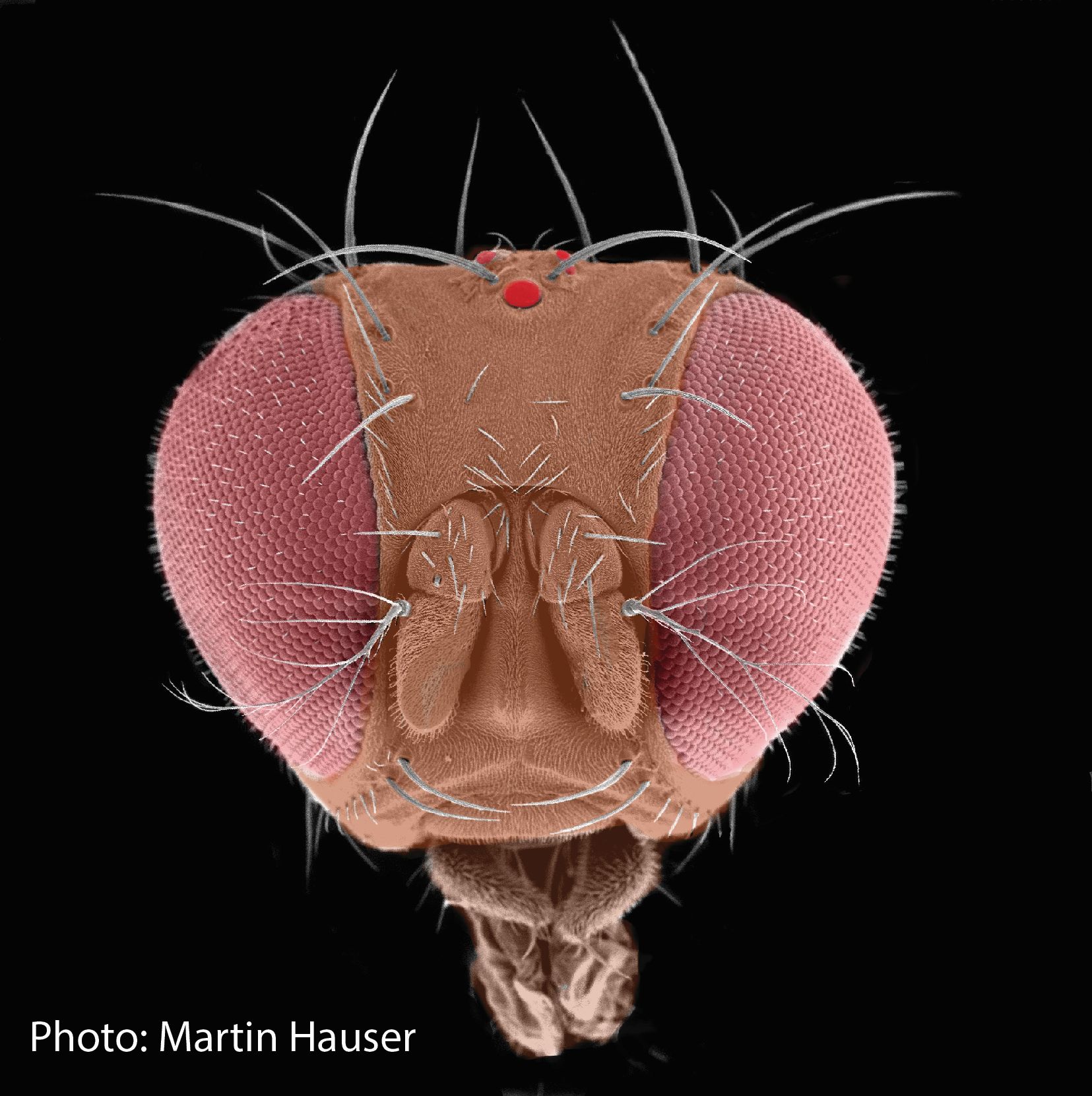
Physiology News Magazine
H3 Symposium: Sensory Transduction in Insects
8 December 2017, Hogkin Huxley House, London, UK
Events
H3 Symposium: Sensory Transduction in Insects
8 December 2017, Hogkin Huxley House, London, UK
Events
Bob Banks
University Of Durham,
Durham, UK
https://doi.org/10.36866/pn.110.15
In these days of ‘impact’, ‘translation’, ‘outreach’ and other political impositions, it can sometimes be difficult to hold on to the intrinsic importance of science as a way of understanding. I must not, of course, presume to know the motives of anyone but myself, but I’m sure I can’t be alone in having been motivated primarily by a desire to understand how things are and how they work. Now, in my retirement from my academic post, I try to maintain an active involvement in research and my primary motivation remains the same. In this spirit, the one-day symposium organised by Ben Warren and Jörg Albert on sensory transduction in insects was for me a joy from start to finish. I attended purely as an observer, as my own work focuses on mammalian mechanoreceptors, but I am also a zoologist, so when the symposium was announced it was clearly one I should not miss.
The symposium was divided into three sessions of oral presentations and two of posters. The first oral session was on the physiology of sensory neurons, often with instances of the importance of the particular sensory system to the insect’s behaviour. The second was on the electrophysiological basis of sensory transduction; with a strong emphasis on mechanotransduction, this was, perhaps, of particular relevance to me. The final oral session consisted of three plenary lectures on cross-sensory modalities in sensory neurons. Roger Hardie (Cambridge) spoke on the contribution of mechanical events in phototransduction. Martin Göpfert (Göttingen) showed us the complementary involvement of opsins in mechanotransduction, and presented a fascinating idea on the possible common evolutionary origin of photoreception and mechanoreception through the role of opsins in maintaining sensory dendrite structure. Andrew French (Dalhousie) concluded the session with his talk on the dynamics of insect olfaction, including the development of a system for rapid presentation of odorants such as CO2 while recording single units from antennal nerves – a technical tour-de-force. Of course, odorant molecules are in constant thermal motion with characteristic frequencies, so it should come as no surprise once more that mechanical involvement turns out to be critically important in olfaction too.
In this very brief account, although I could not do justice to all the individual oral and poster presenters, I must note that the standard was universally high and enlightening, including the discussions both formal and informal around posters and refreshments. And so my initial thought that this meeting was not to be missed was amply confirmed; I congratulate The Society on supporting the meeting and especially Ben and Jörg for organising it.

